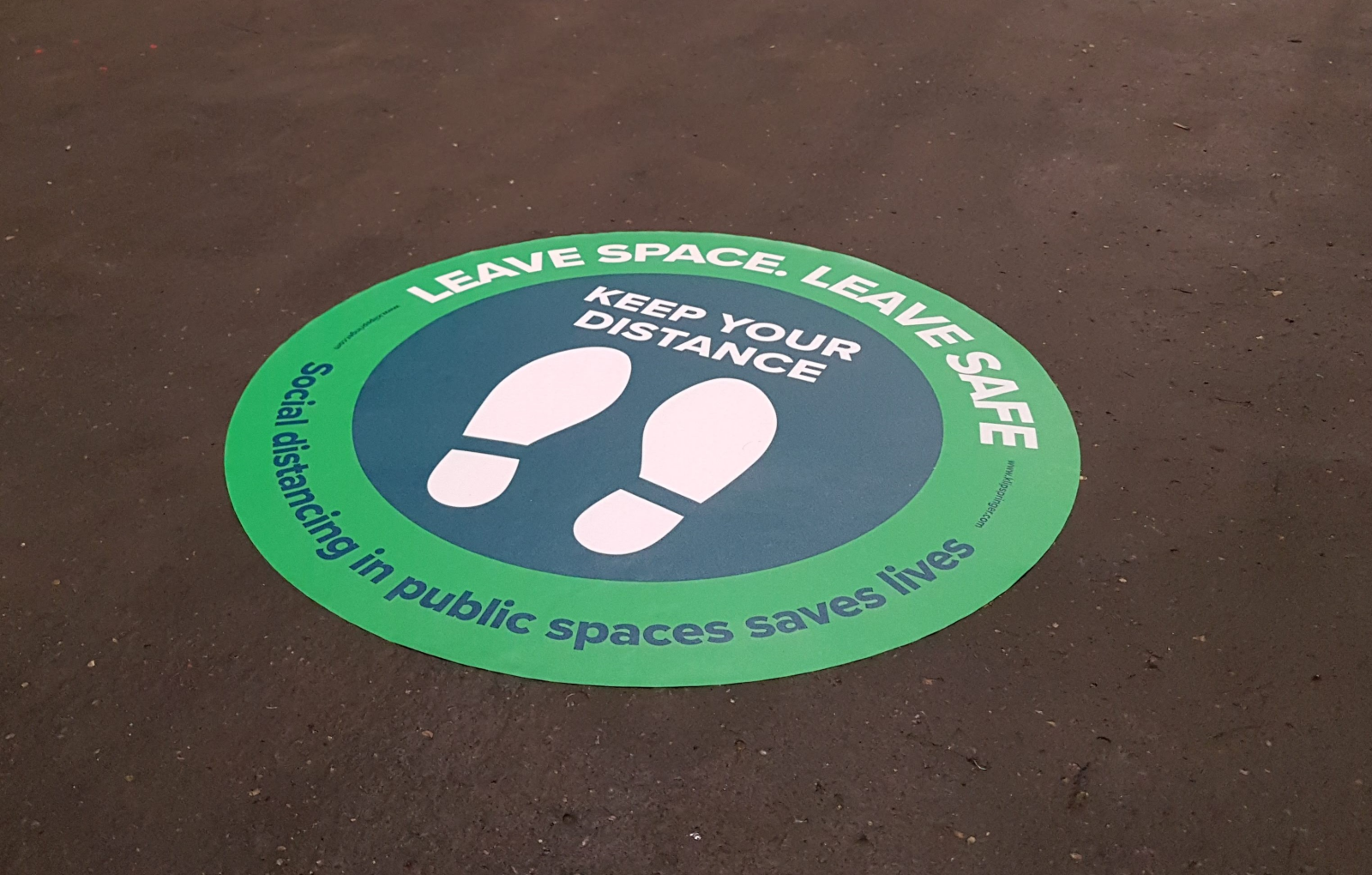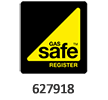Safely opening the Food Sector after Covid-19 Lockdown
As Covid-19 has taken its course, changes that initially occurred rapidly have now become a way of life and transitioned from a series of conscious decisions, to an automatic and subconscious thought-process. Experts predict that any vaccine will not be mass-produced until the second half of 2021, showing that social distancing is here to stay – for the medium-term at least.
This article considers some of the ways in which consumer behaviours are likely to change, and their impact on foodservice businesses as they reopen. Those who prepare best are sure to be back up to speed the fastest.
1/ Personal Space. Customers will require more personal space to feel comfortable.
Think about re-arranging eating areas and making tables smaller to allow more space between them. Where store layout is fixed, screens are a practical way to create safe conditions.
A more ‘spacious’ ambience can also be created through the introduction of additional lights or other lighting sources.
One easy way to professionally create personal space is using movable screens such as SegriScreen Shield and SegriScreen Shield Countertop.
2/ Staff Wellbeing. Customers will be watching to ensure regular staff health checks are in place, as well as necessary PPE being provided for all employees.
Not only is this step important so that customers feel safe coming to your premises and consuming your products, but also is essential to protect your workforce; without them, you can’t run your business.
Consider providing a dedicated, visible home for PPE; this will help both organisational efficiency and demonstrate to your clients that you have adequate processes in place.
PPE Stations and Equipment shadow boards are easy to implement –
3/ Go Touchless. Facilitate a contact-free experience. Manual doors and non-contactless payment methods simply don’t cut it anymore.
Right from parking through to toilet facilities, consumers are keeping their hands to themselves, and anything that makes this difficult is a put-off.
Make a plan to map out the whole buying journey that your customers experience. Note down any points where customers have to use their hands, and consider how you can change these from a ‘high risk’ into a ‘low risk’ or a ‘no risk’.
4/ Internal Customer Flow. Implement clear, visual procedures.
 Whether it’s floor markings or front-counter screens and signage, these ensure that customers know exactly what to do. That means making things visual to the point that they are completely fool-proof!
Whether it’s floor markings or front-counter screens and signage, these ensure that customers know exactly what to do. That means making things visual to the point that they are completely fool-proof!
Think about queuing indicators, screens near entrances and exits, information on sanitisation, cleaning procedures and basic hygiene controls.
Consider high-adhesive, non-slip visual floor signage so that customers just can’t get it wrong.
5/ External Customer Flow. Don’t forget about changes you will need to make externally too.
Many consumers, of course, are desperate to return to their favourite eating and socialising venues; this in itself presents a risk.
If you provide off-street parking, consider managing the flow of cars using a barrier system, and having a digital app or sign-based dashboard which communicates exactly when consumers can enter your premises.
Where queues are expected, how are you going to protect customers against all weather types, and any other health & safety risks that are present? A practical solution for robust and convenient outdoor signage is Klipspringer’s Unipole – a useful option to control external customer flow.
6/ Sanitisation Stations. With a long-term increase in hygiene-consciousness as a result of Covid-19, make it easy for your customers and staff to sanitise.
Whilst hand sanitisation is often thought of first, have you considered trays, screens, trolleys and other items that will be used by more than one person? Think about investing in future-proof sanitistaion stations that are professional, robust and reflect your corporate image positively.
7/ Documented Cleaning. Customers eating-in are looking out for how you manage your internal cleaning processes, and you can expect them to check up on you!
Consider how tables can be thoroughly sanitised between customers, and all contact points regularly cleaned – without disturbing customer flow. Document your in-house sanitisation process for table-changes, toilet facilities and touchscreens.
An efficient table cleaning kit along with a system to flag sanitised tables saves a great deal of time. Cleaning checklists in toilet facilities are likely to be taken more notice of too, so keep these up-to-date for customer peace of mind.
Many food outlets have recently chosen the iClean Mini as part of a dedicated cleaning kit, for rapid and safe sanitisation – winner of the CKS Innovation Challenge 2019!
8/ Flexible Operations. Give your customers options!
Whether it’s delivery, collection, eat-in, takeaway, ordering online, using an app or any other choice that consumers may look for, be sure to research what these post-Covid market preferences will be. For as long as social distancing lasts, consumers will be choosing places that are most suited to their exact preferences; high-up on the list will be the reassurance that they can stay safe whilst enjoying your menu.
Don’t rule out possible menu tweaks either – it could even be that traditional, national dishes climb back up the charts, whilst imported recipes from other cultures see a decline in popularity.
9/ No Secrets. There’s no question that hygiene standards must now be even more impeccable, and the teams that demonstrate this best will be sure to win the most confidence from their customers.
Think about how you can make it clearly visible that you have effective processes in place. Whereas back-of-house cleaning equipment may previously have been stored in cupboards or buckets, having this equipment clearly on display will aid a safe reputation.



